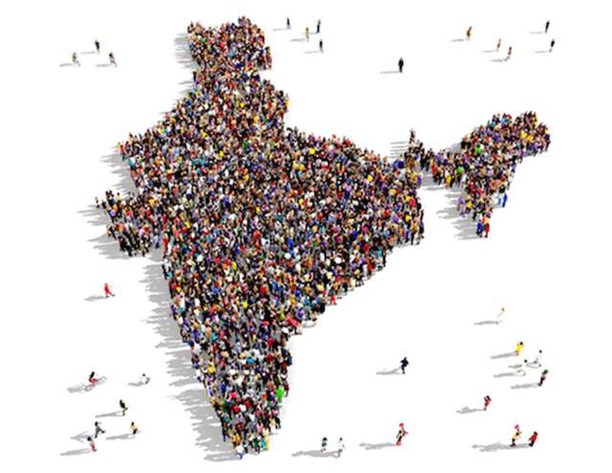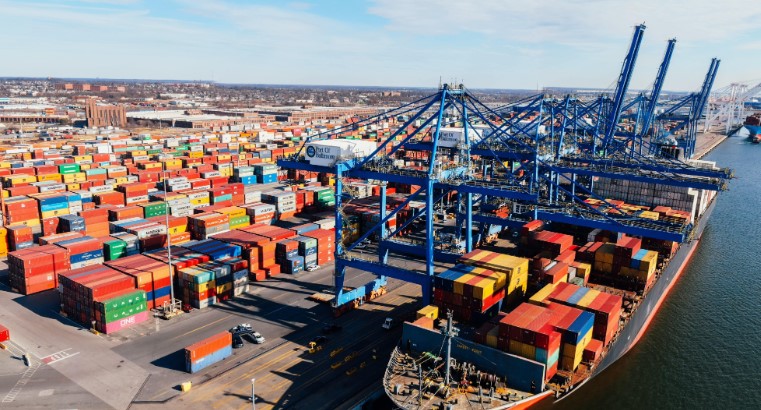
Government financial policies necessary for private investment
- जुलाई 14, 2023
- 0
The four components of Gross Domestic Product (GDP) – private consumption, private investment, government activities, and net exports – are all experiencing a slowdown. Private consumption has slowed down, while the demand for items such as air travel, and sports utility vehicles (SUVs) used by wealthy individuals continues to increase. However, the demand for items and services predominantly used by Indians has remained stagnant over the past 10 years. This includes two-wheelers and inexpensive goods for daily use.
Government activities alone cannot remedy this sluggishness. Sufficient funds are not available for increasing government expenditure rapidly, as the world’s fifth-largest economy is grappling with poverty and inequality. In the UK, personal taxes can be levied on one-third of an individual’s income, while in India; they begin at double the per capita income level.
The revenue earned by the government and the borrowed amounts are largely allocated to predefined expenditures. One significant expenditure is the heavy interest payments resulting from loans taken from the market and other sources to cover fiscal deficits over the past several years. The other burden is inflation proof government officials, which cannot be entirely eliminated. This is evident because government jobs continue to serve as the only means of securing the future for young individuals.
After failing to achieve the goal of inclusive development since 1991, state and central governments are focusing on compensatory payments to increase the growth rate and benefit the public. The distribution of cheaper grains among 80 crore people and the Mahatma Gandhi National Rural Employment Guarantee Act (MGNREGA), which provides limited-term employment to people and fulfills the basic needs of elderly individuals, are examples of such compensatory measures. The government is compelled to take such actions because it has failed to educate and skill the youth.
While we produce or import goods that are consumed by the top 15 crore people, we cannot produce or arrange for the goods that 40 percent of the country’s population wants at affordable prices. The profits of listed companies are consistently increasing, but investment is lagging behind.
The government is struggling to mobilize financial resources and is compelled to use its limited resources for a large population because it has been unsuccessful in increasing economic prosperity. Expenditure on imports is continually rising. Additionally, India’s share in global exports is significantly small.
Formulating economic policies is a technical and intellectually demanding task. It cannot be executed with a closed mindset.
निजी निवेश के लिए आवश्यक सरकारी आर्थिक नीतियां
सकल घरेलू उत्पाद (GDP) के चारों तत्त्वों- निजी उपभोग, निजी निवेश, सरकारी गतिविधियां और शुद्ध निर्यात- सभी की रफ्तार सुस्त पड़ रही है। निजी उपभोग सुस्त रहा है। धनाढ्य लोग जिन चीजों, हवाई यात्रा एवं स्पोर्ट्स यूटिलिटी व्हीकल (एसयूवी)- का इस्तेमाल कर रहे हैं उनकी मांग में लगातार इजाफा हो रहा है। मगर जिन चीजों एवं सुविधाओं का इस्तेमाल ज्यादातर भारतीय करते हैं उनकी मांग पिछले 10 वर्षों से जस की तस ही रही है। इनमें दोपहिया वाहन, रोजमर्रा के इस्तेमाल की सस्ती वस्तुएं शामिल हैं।
सरकारी गतिविधियां इस शिथिलता की भरपाई नहीं कर सकती हैं। तेजी से बढ़ते सरकारी व्यय के लिए रकम पर्याप्त नहीं है क्योंकि दुनिया की पांचवीं सबसे बड़ी अर्थव्यवस्था गरीब एवं असमानता के संकट में फंसी है। ब्रिटेन में व्यक्तिगत कर प्रति व्यक्ति आय के एक तिहाई हिस्से पर लगाए जा सकते हैं। भारत में यह प्रति व्यक्ति आय के दोगुना स्तर पर शुरू होते हैं।
सरकार जो भी राजस्व अर्जित करती है और जितनी रकम उधार लेती है वे कुछ पहले से ‘तय’ मदों में चले जाते हैं। इनमें एक तो ब्याज के मद में होने वाला भारी भरकम भुगतान है जो पिछले कई वर्षों से राजकोषीय घाटे की भरपाई के लिए बाजार एवं अन्य स्रोतों से लिए गए ऋणों का नतीजा है।
दूसरा, महंगाई से बेअसर सरकारी कार्यबल है जिसमें रत्ती भर भी कमी नहीं की जा सकती है। इसका कारण बिल्कुल स्पष्ट है क्योंकि सरकारी नौकरियां अब भी युवाओं के लिए भविष्य सुरक्षित करने का एक मात्र जरिया लग रही हैं।
1991 से समावेशी विकास का लक्ष्य प्राप्त करने में विफल रहने के बाद राज्य सरकार एवं केंद्र सार्वजनिक धन का इस्तेमाल वृद्धि दर बढ़ाने एवं सार्वजनिक हितों के लिए करने के मुआवजा आधारित भुगतान पर अधिक कर रहे हैं। 80 करोड़ लोगों में सस्ते अनाज का वितरण, युवाओं पर बढ़ती बेरोजगारी दर का असर कम करने के लिए महात्मा गांधी राष्ट्रीय ग्रामीण रोजगार गारंटी अधिनियम (मनरेगा) के तहत लोगों को सीमित अवधि के रोजगार और बुजुर्ग लोगों को उनकी न्यूनतम मूलभूत आवश्यकताएं पूरी करने के लिए दी जाने वाली रकम इसका उदाहरण हैं। सरकार को ऐसा शायद इसलिए करना पड़ रहा है कि वह युवाओं को शिक्षित एवं हुनरमंद बनाने में विफल रही है।
हम उन चीजों का उत्पादन या आयात तो कर लेते हैं जिनका इस्तेमाल शीर्ष 15 करोड़ लोग करते हैं मगर उन चीजों का उत्पादन या बंदोबस्त नहीं कर पाते हैं जिनका उपभोग देश की 40 प्रतिशत आबादी सस्ते दाम पर करना चाहती है। सूचीबद्ध कंपनियों का मुनाफा लगातार बढ़ रहा है मगर निवेश पिछड़ रहा है।
वित्तीय संसाधन जुटाने में जूझती सरकार को अपने सीमित संसाधनों का इस्तेमाल इसलिए एक बड़ी आबादी के लिए करना पड़ रहा है क्योंकि वह आर्थिक संपन्नता बढ़ाने में विफल रही है।
आयात पर व्यय लगातार बढ़ रहा है। इसके अलावा वैश्विक स्तर पर निर्यात में भारत की हिस्सेदारी बहुत कम है।
आर्थिक नीतियां तैयार करना एक तकनीकी एवं बुद्धिमता से जुड़ा कार्य है। इसे एक कुंठित मानसिकता के साथ क्रियान्वित नहीं किया जा सकता है।
































































